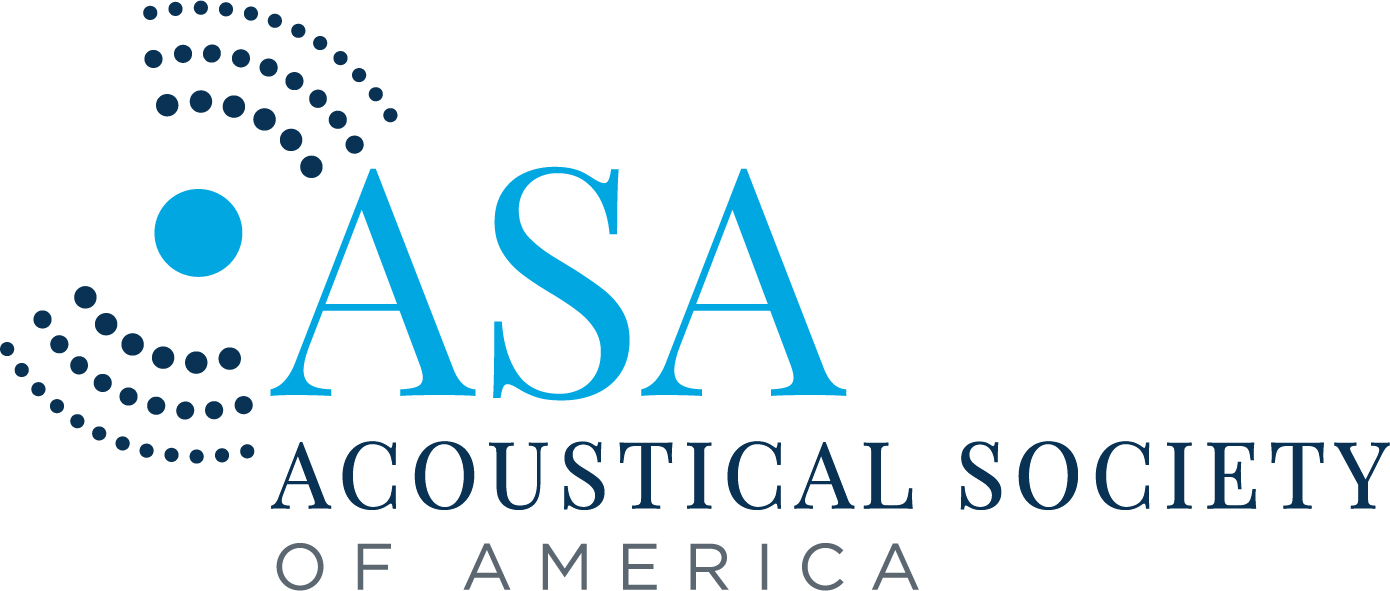Reducing Ship Noise Pollution with Structured Quarter-Wavelength Resonators
Mathis Vulliez – mathis.vulliez@usherbrooke.ca
Université de Sherbrooke, Département de génie mécanique, Sherbrooke, Québec, J1K 2R1, Canada
Marc-André Guy, Département de génie mécanique, Université de Sherbrooke
Kamal Kesour, Innovation Maritime, Rimouski, QC, Canada
Jean-Christophe G.Marquis, Innovation Maritime, Rimouski, QC, Canada
Giuseppe Catapane, University of Naples Federico II, Naples, Italy
Giuseppe Petrone, University of Naples Federico II, Naples, Italy
Olivier Robin, Département de génie mécanique, Université de Sherbrooke
Popular version of 1pEA6 – Use of metamaterials to reduce underwater noise generated by ship machinery
Presented at the 186th ASA Meeting
Read the abstract at https://doi.org/10.1121/10.0026790
–The research described in this Acoustics Lay Language Paper may not have yet been peer reviewed–
The underwater noise generated by maritime traffic is the most significant source of ocean noise pollution. This pollution threatens marine biodiversity, from large marine mammals to invertebrates. At low speeds, the machinery dominates the underwater radiated noise from vessels. It also has a precise sound signature since it usually operates at a fixed rotation frequency. If you think of it, an idling vehicle produces a tonal acoustic excitation. The sound energy distribution is mainly concentrated at a few precise frequencies and multiples. Indeed, the engine rotates at a given rotation speed – in round per minutes – or frequency (divided by 60, it is the number of oscillations per second). In addition to the rotating frequency, the firing order and the number of cylinders will lead to the generation of excitation multiples of the rotating frequency. The problem is that the produced frequencies are generally low and difficult to mitigate with classical soundproofing materials requiring substantial material thickness.
This research project delves into new solutions to mitigate underwater noise pollution using innovative noise control technologies. The solution investigated in this work is structured quarter-wavelength acoustic resonators. These resonators usually absorb sound at a resonant frequency and odd harmonics, making them ideal for targeting precise frequencies and their multiples. However, the length of these resources is dictated by the wavelength corresponding to the target frequency. As for the required material thickness, this wavelength is significant at low frequencies (in air, for a frequency of 100 Hz and a speed of sound of 340 m/s, the wavelength is 3.4 m since the wavelength is the ratio of speed by frequency). The length of a quarter wavelength resonator tuned at 100 Hz is thus 0.85 m.
 Fig.1. Comparison between classical and innovative soundproofing material on sound absorption, from Centre de recherche acoustique-signal-humain, Université de Sherbrooke.
Fig.1. Comparison between classical and innovative soundproofing material on sound absorption, from Centre de recherche acoustique-signal-humain, Université de Sherbrooke.
Therefore, a coiled quarter wavelength resonator was considered to reduce its bulkiness, and facilitate their installation. The inspiration follows Archimedes’ spiral geometry shape, a structure easily manufactured using today’s 3D printing technologies. Experimental laboratory tests were conducted to characterize the prototypes and determine their effectiveness in absorbing sound. We also created a numerical model that allows us to quickly answer optimization questions and study the efficiency of a hybrid solution: a rock wool panel with embedded coiled resonators. We aim to combine classic and innovative solutions tom propose low weight and compact solutions to efficiently reduce underwater noise pollution!


